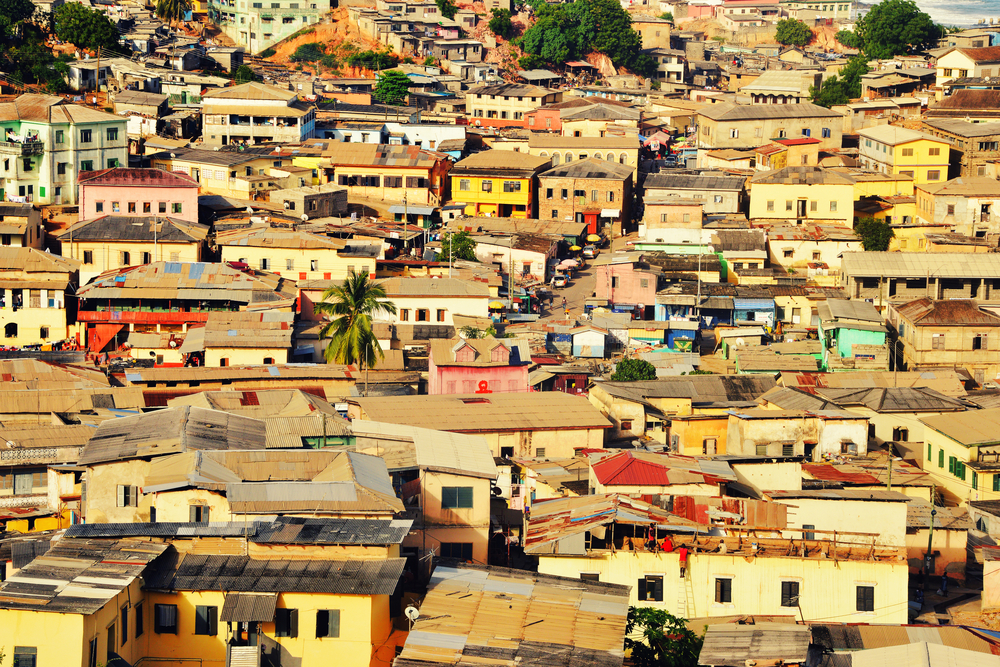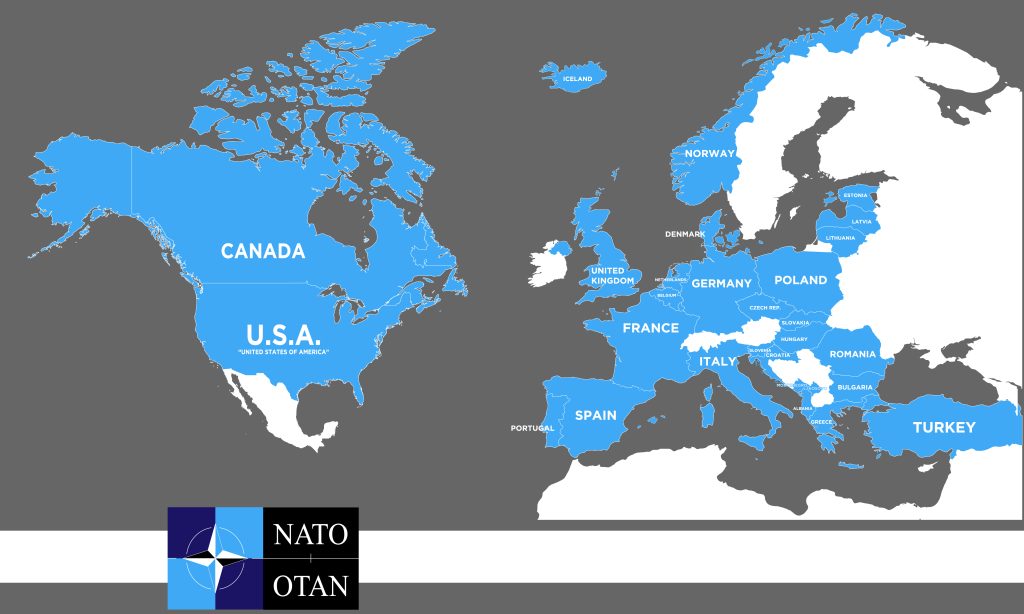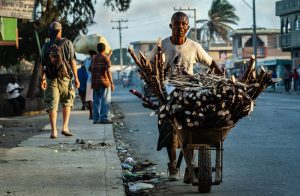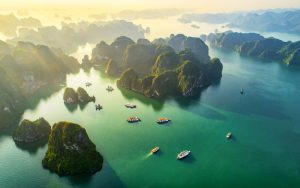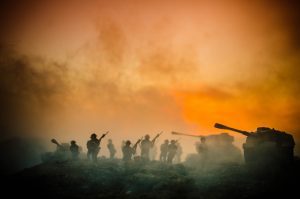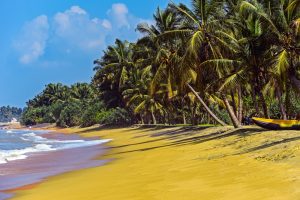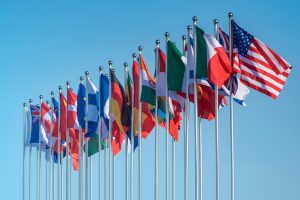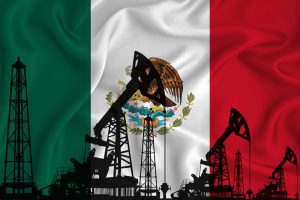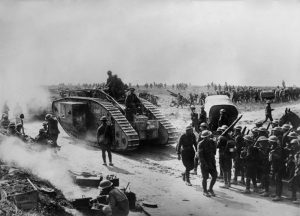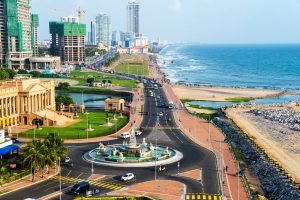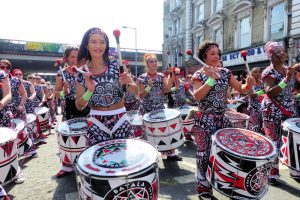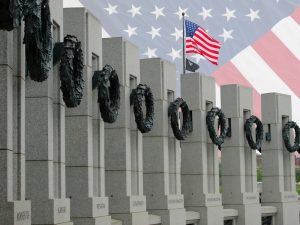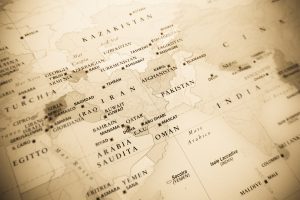When the Cold War was still raging, countries that were neither part of NATO nor the Communist bloc were previously designated as being “Third World.” To characterize emerging economies of Australia/Oceania, Latin America, Asia, and Africa, the term “developing” is used in modern times.
According to the World Population Review, Ghana is a third-world, or developing country. However, since 1992, when Ghana became a multi-party democracy, Ghana has been regarded as one of the most stable countries in West Africa.
A rise in the country’s economy has been fueled by a combination of gold, cocoa, and more lately, oil.
Let’s look at Ghana’s history, current status, and economic actions.
Table of Contents
Is Ghana a Sovereign Nation or not?
Yes, Ghana is a sovereign nation. Ghana is situated in western Africa and has its own established national boundaries and governing body.
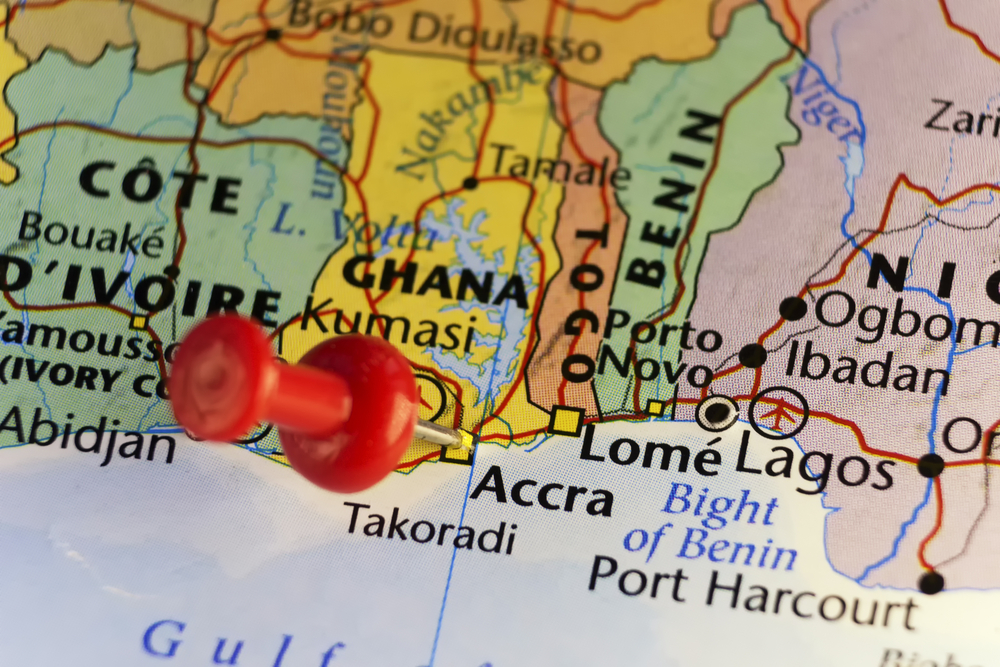
The Republic of Ghana – the country’s official name – is located off the coast of West Africa along the Atlantic Ocean. Ghana has 10 areas of defense, which include numerous islands.
Burkina Faso lies to the north and the Ivory Coast to the west. Togo sits east of Ghana, while the Atlantic Ocean and the Gulf of Guinea border the south.
Ghana is the closest country to the center point of the planet, in terms of geography.
How is Ghana ranked by the World Bank?
Ghana is ranked 109th in the world by the World Bank, with an economic score of 57.5 percent. Growth in employment and monetary independence has helped to boost the overall health of the economy by 1.5 points.
At number 13 in Africa, Ghana’s economy is above the regional average but falls short of global norms.
Ghana is currently one of Africa’s fastest-growing economies. Gold, oil, and cocoa production make up the bulk of the country’s revenue, however, it lags behind other nations – such as the Ivory Coast and South Africa – in these industries.
Ghana’s economy has made quite a bit of progress. By reducing severe poverty by half, it is the only African country to have met the Millennium Development Goal set by the United Nations.
Is Ghana on the verge of losing its third-world status?
Ghana’s economy grew at an annual rate of 8.8 percent in 2019, meeting projections from the World Bank and the International Monetary Fund. Ghana also met the GDP projections of $124 billion in 2019 if measured in terms of USD.
In some sense, but not officially, Ghana is no longer considered a Third World country as a result of this statistic. The country is expected to rise above its current economic status from being a low to middle-income nation as a result of the ongoing rebasing of its economy.
A growing middle class, expanding telecommunications and construction industries, as well as considerable investments in gold and oil production, are all contributing to the country’s current growth.
What percentage of Ghana’s population lives in poverty?
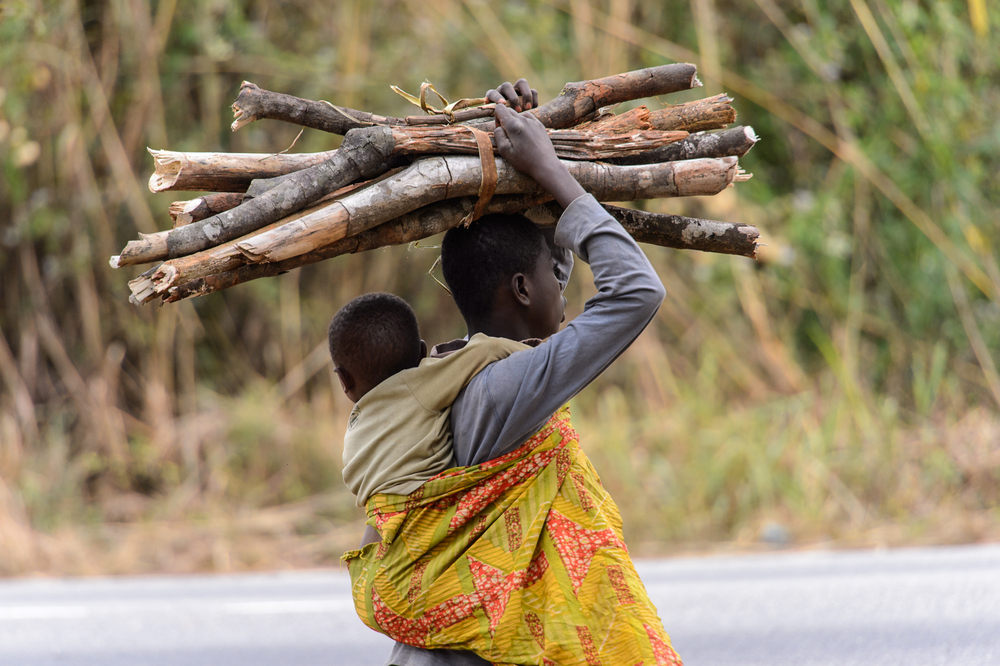
According to current estimates, 12.5% of Ghana’s population lives in poverty. According to the experts, the country’s poverty rate will fall to 4.5 percent by 2030, even though its population will have grown to 36.1 million people during that time.
In 2017, 2.4 million people in Ghana were living on less than $1.70 a day, or 8.35 percent of the population. In 2017, 2.4 million people in Ghana were living on less than $1.70 a day, or 8.35 percent of the population.
What are the demographics of Ghana?
Even though Ghana is a multi-ethnic country, more than 98% of its citizens are black Africans. Ghana’s largest ethnic group is the Ashanti people.
Males make up 50.9 percent of Ghana’s 26,652,767 population, while females make up 49.1 percent. The total number of births this year will be roughly 586,361 if the population grows at a rate of 2.2 percent.
There are 4.7 million Ashanti residents, 2.3 million Brong-Ahafo residents, 2.2 million Central residents, 2.6 million Eastern residents, 2.3 million Western residents, and 4 million people living in Greater Accra.
How many people are expected to live in Ghana by the end of the century?
Economists expect Ghana’s population to rise to 78.71 million people by 2099, according to current estimates. This means that Ghana’s population will more than double in the next 80 years, from 31.07 million to 67.7 million.
Despite a slow decline in the rate of growth from 2.95 percent per year in 1985, Ghana’s high fertility rate of 3.89 births per woman and the country’s efforts to reduce birth mortality are the primary factors behind this growth.
Experts are concerned about Ghana’s rapid population expansion since the country lacks the infrastructure to meet the country’s expanding demands for food, water, sanitation, education, and employment. Families are encouraged to practice family planning to reduce the number of births or to help families better time their births.
How many people live in Ghana? How big is the country?
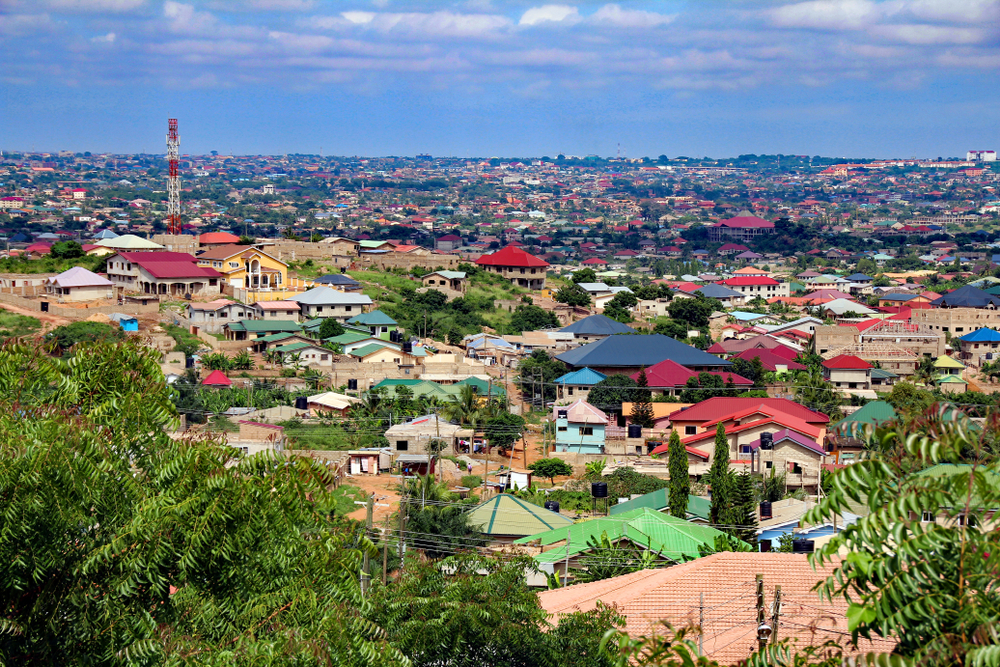
Ghana has a population density of 313 people per square mile, or 121 people per square kilometer, which is nearly identical to the United Kingdom (92,099 square miles/238,535 square kilometers).
What are Ghana’s ethnic groups, languages, and religions?
Dagbani (47.5%), Ewe (17%), Ga-Adangbe (7%), Gurma (6%), Guan (4%), Gurunsi (5%), and the Bissa (2.5%) are the main ethnic groupings in Ghana.
Most people in Ghana speak one or more of the following languages: Asante (16%), Ewe (14%), Fante (11.6%), Boron/Brong (4.9%), Dagomba (4.4%), Dangme (4.2%), Dagarte/Dababa (3.9%), Kokomba (3.5%), Akyem (3.2%), and Ga (3.1%). In this country, English is also an official language.
A total of roughly 375,000 people, including citizens and non-citizens, are legally residing in Ghana. Seventy-one percent of Ghanaians are Christian, and 17 percent are Muslim, although the country is open to people of all faiths.
Which Ghanaian cities have the highest populations?
Accra, Ghana’s capital and largest city, has a population of 2.27 million people. About 4 million people live in the Greater Accra Metropolitan Area (GAMA), making it Africa’s 11th largest metro area.
Kumasi, Ghana’s second-largest city, has a population of 1,468,609. In third place is Tamale, which has a population of 360,579 people.
Is Ghana’s press free?
Ghana’s press and broadcasters can operate with little or no interference. As a result of Ghana’s prominence as a bastion of press and speech freedom in Africa, the country has amassed considerable social capital.
An active and often critical government-private press exists. Many radio stations’ staple diet is live phone-in broadcasts, which are always lively affairs.
A slew of unlicensed FM radio stations can be heard all over the place. Television and radio stations in Ghana are owned and operated by the state-owned Ghana Broadcasting Corporation (GBC).
Sekondi-Takoradi and Accra, the capital of the Western Region, both broadcast the BBC on 101.3 FM. In 2016, roughly 28% of Ghanaians, or 8 million people, were online (Internetlivestats.com).
Accessing the internet and using a mobile phone are becoming increasingly common.
What are some of Ghana’s most important historical moments?
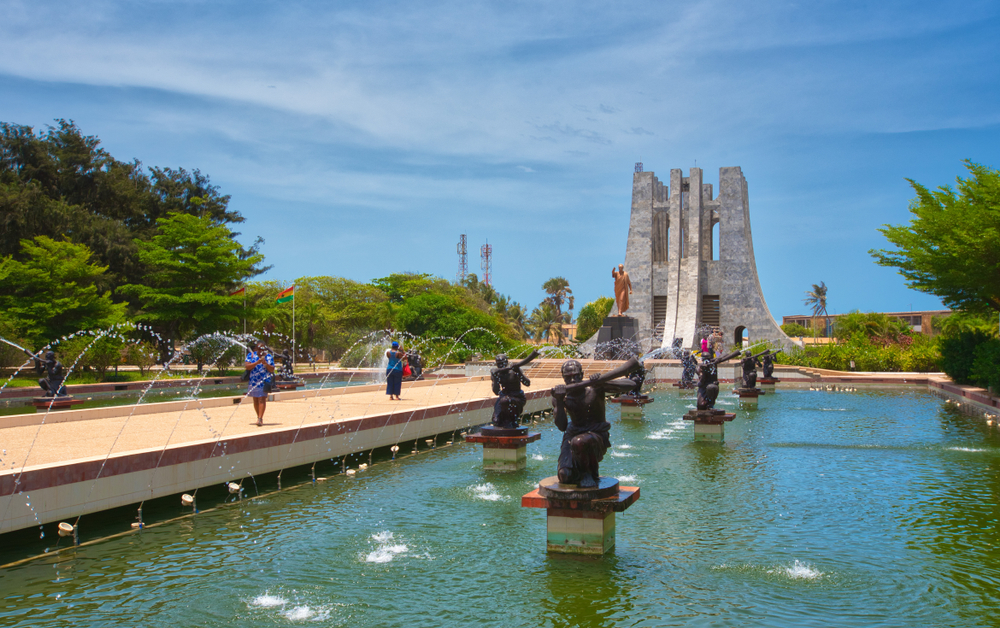
Here is a chronology of Ghana’s most significant events:
- As early as 1482, traders from Portugal arrived in the Akan lands to begin trading in lumber, ivory, and gold
- Slavery became the region’s primary export in the 1500s, replacing gold
- Swedish, Danish, English, and Dutch settlers arrived in the 1600s and the slave trade became highly structured
- The Dutch took over the Gold Coast from the Portuguese in 1642
- A British restriction on the trade of slaves from the Gold Coast came into effect in 1807
- The Gold Coast became a British crown territory by the British government in 1874
- The very first black African colony to declare independence was Ghana, in 1957
- A series of coups in the 1960s and 1970s, made Ghana a one-party state
- Constitutional reform in 1992 brought back a two-party system
- Offshore oil production began in 2010, supplying the burgeoning African economy
What is the climate like in Ghana?
The overall climate of Ghana is tropical. There are two distinct seasons in Ghana: dry and wet.
There is a chilly season and a hot season. In the northern portion of Ghana, the wet season starts in March and lasts till the end of November.
From the beginning of April to the middle of November, the southern half of Ghana undergoes the wet season. The tropical climate of Ghana is considered quite mild for its latitude.
From December to March, a dry wind will blow in northeast Ghana, reducing humidity and leaving the days hot, and the nights cool in the northern half of the country.
The average temperature ranges from 70 to 82 degrees Fahrenheit (21 to 28 degrees Celsius) in Ghana, and the humidity levels range from 77 to 78 percent.
How vast are Ghana’s natural resources?

The northern parts of Ghana have lush savannas and diverse wildlife, and western Ghana is home to abundant industrial resources and fuels. Petroleum and natural gas are two of the most abundant fossil fuel resources in the country.
Shrublands and grasslands as well as woodlands can be found across Ghana’s southern areas. It is possible to see the woodlands from the southwest coast of Ghana up to the Atlantic Ocean.
There’s an area 270 kilometers to the east covered by these woodlands. Industrial minerals are increasingly being mined in South Ghana.
How is the food in Ghana?
Diverse stews and soups, as well as a wide variety of seafood, make up Ghana’s flavorful cuisine. Soups in Ghana are often made with fish, pork, chicken, vegetables, and spices.
Banku, a starchy dish made with cornmeal, is one of Ghana’s most popular and essential foods. Grilled or fried fish is commonly served with banku, along with a sauce that is made from fresh, raw chiles.

